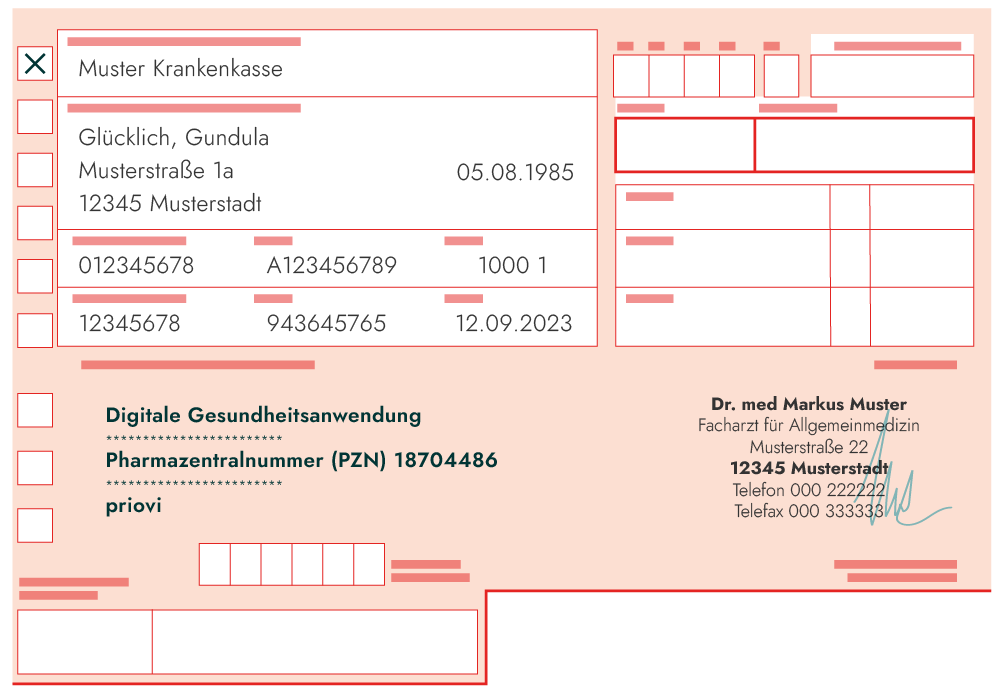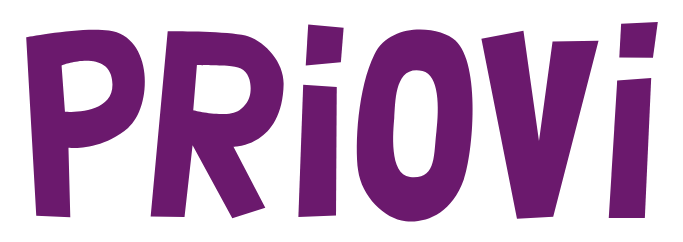Arntz, A. (2006). Outpatient psychotherapy for borderline personality disorder: randomized trial of schema-focused therapy vs transference-focused psychotherapy. Archives of general psychiatry, 63(6), 649-658.
Arntz, A. (2012). Imagery rescripting as a therapeutic technique: Review of clinical trials, basic studies, and research agenda. Journal of Experimental Psychopathology, 3(2), 189-208.
Baer, R. A. (2003). Mindfulness training as a clinical intervention: A conceptual and empirical review. Clinical Psychology: Science and Practice, 10(2), 125–143.
Beck, J. S., & Beck, A. T. (1995). Cognitive therapy: Basics and beyond. Guilford press New York.
Davis, M., Eshelman, E. R., & McKay, M. (2008). The relaxation and stress reduction workbook. New Harbinger Publications.
Deci, E. L., & Ryan, R. M. (2000). The”” what”” and”” why”” of goal pursuits: Human needs and the self-determination of behavior. Psychological Inquiry, 11(4), 227–268.
Epstein, S. (1998). Cognitive-Experiential Self-Theory. In D. F. Barone, M. Hersen, & V. B. Van Hasselt (Eds.), Advanced Personality (pp. 211–238). Springer US.
Farrell, J. M., Shaw, I. A., & Webber, M. A. (2009). A schema-focused approach to group psychotherapy for outpatients with borderline personality disorder: a randomized controlled trial. Journal of behavior therapy and experimental psychiatry, 40(2), 317-328.
Giesen-Bloo, J., Van Dyck, R., Spinhoven, P., Van Tilburg, W., Dirksen, C., Van Asselt, T., … & Arntz, A. (2006). Outpatient psychotherapy for borderline personality disorder: randomized trial of schema-focused therapy vs transference-focused psychotherapy. Archives of general psychiatry, 63(6), 649-658.
Jacob, G. A., & Arntz, A. (2011). Schematherapie. Psychotherapeut, 56(3), 247-258.
Jacob, G. A., & Arntz, A. (2012). Emotion-focused techniques in schema therapy and the role of exposure techniques. In Exposure therapy (pp. 167-181). Springer, New York, NY.
Kabat‐Zinn, J., & Kesper-Grossmann, U. (1999). Stressbewältigung durch die Praxis der Achtsamkeit. Arbor Verlag.
Krebs, P., Prochaska, J. O., & Rossi, J. S. (2010). A meta-analysis of computer-tailored interventions for health behavior change. Preventive medicine, 51(3), 214-221.
Lobbestael, J., Arntz, A., & Bernstein, D. P. (2010). Disentangling the relationship between different types of childhood maltreatment and personality disorders. Journal of Personality Disorders, 24(3), 285-295.
Lustria, M. L. A., Noar, S. M., Cortese, J., Van Stee, S. K., Glueckauf, R. L., & Lee, J. (2013). A meta-analysis of web-delivered tailored health behavior change interventions. Journal of health communication, 18(9), 1039-1069.
Nadort, M., Arntz, A., Smit, J. H., Giesen-Bloo, J., Eikelenboom, M., Spinhoven, P., … & van Dyck, R. (2009). Implementation of outpatient schema therapy for borderline personality disorder with versus without crisis support by the therapist outside office hours: A randomized trial. Behaviour research and therapy, 47(11), 961-973
National Collaborating Centre for Mental Health (UK. (2009). Borderline personality disorder: treatment and management. British Psychological Society.
National Collaborating Centre for Mental Health. (2009). Borderline personality disorder: recognition and management. London: Department of Health.
Nebeling, M., & Norrie, M. C. (2013). Responsive design and development: methods, technologies and current issues Web Engineering (pp. 510-513): Springer.
Noar, S. M., Benac, C. N., & Harris, M. S. (2007). Does tailoring matter? Meta-analytic review of tailored print health behavior change interventions. Psychological bulletin, 133(4), 673.
Oldham, J. M. (2005). Guideline Watch: Practice Guideline for the Treatment of Patients with Borderline Personality Disorder, American Psychiatric Association.
Rizvi, S. L., Dimeff, L. A., Skutch, J., Carroll, D., & Linehan, M. M. (2011). A pilot study of the DBT coach: an interactive mobile phone application for individuals with borderline personality disorder and substance use disorder. Behavior therapy, 42(4), 589-600.
Ryan, R. M., & Deci, E. L. (2000). The Darker and Brighter Sides of Human Existence: Basic Psychological Needs as a Unifying Concept. Psychological Inquiry, 11(4), 319–338.
Young, J. E., Klosko, J. S., & Weishaar, M. E. (2006). Schema therapy: A practitioner’s guide. Guilford Press.



